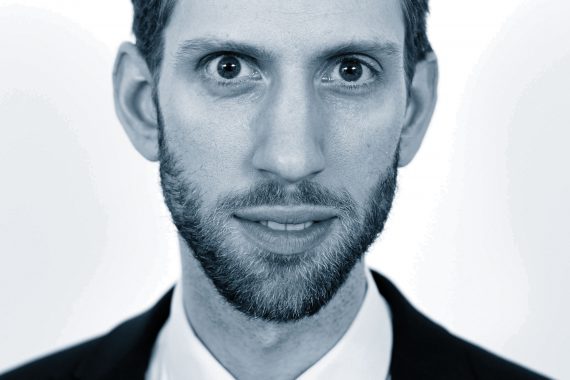I had the dubious honour of going on national radio last month to talk about waiting times at GP practices.
National newspaper headlines were shouting: ‘Millions waiting longer to see GP’. The Telegraph reported that ‘NHS statistics show that the proportion of people who are unhappy with the opening times of their local practice has risen by one fifth in three years, amid pleas from patients for seven day opening’.
But as I explained into the fat red BBC microphone in front of me, the reality is not that simple.
True, according to the GP Patient Survey, the proportion of patients waiting a week or longer has risen from 15% to 18% in two years. But the survey never asked patients whether they wanted to wait this long. It did, however, ask patients whether they found their appointment convenient and almost all patients (92%) said it was. So far from millions of ‘unhappy’ patients, we’re talking about just 8% who did not get an appointment that was convenient for them.
Neither are the ‘pleas’ for extended GP access quite as desperate as reported. Slightly less than 19% say their GP practice’s opening hours are inconvenient. And of those, when asked what could improve this, 70% wanted to be able to book an appointment after 6:30pm, 73% on Saturday and 42% on Sunday.
So at most, one in eight is ‘pleading’ for some kind of extended access. Hardly a groundswell of patient support for seven-day opening.
But – as I told the programme – the figures do show patients are finding it harder to get through to practices on the telephone and that satisfaction with GP opening hours is slowly declining (75% say they are satisfied, compared with 77% two years ago).
This level of satisfaction is still pretty remarkable given GP funding has fallen by a fifth over the past decade and we’re facing the worst GP shortage in many years. On top of this are changes in population: Pulse revealed last year that some practices were seeing a 25% rise in list sizes, and these are more complex patients who ask to see their GP more often (8.3 times a year, compared with 7.6 in 2010/11). We are simply seeing the symptoms of a mismanaged system coping reasonably well under huge pressure.
In fact, figures from the Nuffield Trust published last year showed general practices have increased the number of appointments they provide by 11% since 2010.
Thankfully, I got most of this across before the radio presenters cut me off. And as I breathed more easily and loosened my collar, I was pleased when a member of the public called in and made a point I’d missed.
She explained, far more eloquently than I could, about what all this means in practice. She had recently moved GP practice after tiring of seeing a different doctor each time she attended, and was happy with the improvement in her care as she saw the same doctor at the new practice.
‘Is this something patients can do?’ a presenter asked me. ‘Yes, if they want to,’ I replied. ‘Although you might have to travel a bit further in more rural areas. But I think this shows a really important point.’
The presenters tried to interrupt, but I kept talking: ‘The continuity of care the caller describes is being destroyed by the Government’s schemes to extend access without adequate resources. Stretching the same GPs across seven – instead of five – days makes it much harder to get that kind of personalised care.’
And perhaps that’s the salient truth here: the current myopic focus on access often completely misses the point.
Nigel Praities is editor of Pulse
Pulse October survey
Take our July 2025 survey to potentially win £1.000 worth of tokens













